Bacterial Reproduction and Growth Are the Most Rapid Between
A simple genetic structure and rapid growth make E. Binary fission as a means of reproduction has a number of benefits chief among them is the ability to reproduce in high numbers at a very rapid rate.

How Microbes Grow Microbiology
Bacteria reproduce very fast that a colony of bacteria will double in just half an hour.

. - Bacteria begin growing at a rapid rate and the population doubles at regular interevals. Phases of the Growth Cycle Four characteristic phases of the growth cycle are recognized in vitro. Next the genetic material inside the bacterium uncoils.
Bacterial growth were determined after 3 days of growth at 20 C without shaking as optical density at 600 nm. Enters the lytic pathway to produce active phages and lyse the host cell usually under stress conditions like UV light antibiotic exposure etc eg. Bacteria are the most metabolically active.
Binary division occurs in stages. - The population remains temporarily unchanged. They grow at an exponential rate 2 n nno.
During lag phase bacteria adapt themselves to growth conditions. From this curve it can be seen that there is an initial period of what appears to be no growth the lag phase followed by rapid growth the exponential or logarithmic phase then a leveling off stationary phase and finally a decline in the viable population death or decline phase. This pattern can be graphically represented as the number of living cells in a population over time and is known as a bacterial growth curve.
Conditions that are optimal for the cells will result in very rapid growth and a steeper slope on the growth curve while less than ideal conditions will result in slower growth. The exponential or log phase of growth is marked by predictable doublings of the population where 1 cell become 2 cells becomes 4 becomes 8 etc. Traits linked with plantmicrobe interactions.
Tuberculosis 18 hrs T. In autecological studies the growth of bacteria or other microorganisms as protozoa microalgae or yeasts in batch culture can be modeled with four different phases. B Sexual reproduction.
The most common means of bacterial reproduction is by binary fission. It is a rapid process and takes minutes to complete. A large number of genes are expressed through the coli bacteria.
Staph aureus 30 min M. When grown in culture a predictable pattern of growth in a bacterial population occurs. Since binary fission produces identical cells bacteria can become more genetically varied through recombination which involves the transfer of genes between cells.
When bacteria are added to a medium they require time to adept to the new environment before they begin dividing. Reproduction bacteria reproduce by asexual binary fission most bacterial reproduction is asexual the single chromosome duplicates cytoplasm splits into equal halves time between divisions generation time generation time varies considerably. Generation time until nutrients depletedwaste products reach toxic levels.
Best growth occurs between 74 and 76C at pH 6070. Cells in the exponential phase of growth are the. Protegens CHA0 harbours several traits that are linked to plant growth including production of antibiotics and plant hormones.
Unlike most multicellular organisms like you and I who undergo sexual reproduction bacteria multiply themselves through binary fission a type of asexual reproduction. There are few species of prokaryotes that ovulate slowly. It is suggested that the replication of the bacterial genome during the division cycle of Escherichia coli growing with doubling times between approximately 20 and 60 minutes can be described by.
Most rapid growth from end of lag to 18-24h maximum metabolism cell doubles with each. Show full abstract between 50 and 82C. First the parent bacterium grows and becomes larger.
To assess these traits we grew each bacterial colony in 96-well plates containing. The distance between the two DNA molecules grows as the cell grows and elongates. Binary fission is used by most bacteria including Salmonella and Ecoli.
- Although there is no apparent cell division occurring the cells may be growing in volume or mass synthesizing enzymes proteins RNA etc and increasing. Nutrients enter the bacterium through pores in its membrane and undergo a series of chemical transformations converting them into new cellular components. Reproduction Growth Bacteria.
These chemical transformations are collectively known as metabolism 26 27. The bacteria will grow and divide at a doubling time characteristic of the strains and determined by the conditions during the exponencial phase. The single DNA molecule duplicates in this sort of asexual reproduction and both copies bind to the cell membrane at distinct places.
It is the period where the individual bacteria. Most prophage genes are usually silent during bacterial growth and reproduction and are functional only when the prophage is activated induced ie. Log Phase Exponential Phase.
The mol G C of the DNA is. - Start immediately after inoculation of the cells into fresh medium. Therefore the Bacterial growth curve consists of 4 different phases such as the lag.
In fermenting the molasses and rapid yield in biotechnology etc. How Do Bacteria Reproduce Which Method Is The Fastest. Of cells as one cell gives rise to two progeny cells.
As two-by-twos the nuclear protein binary fission occurs between organisms reproduction occurs sexually. The growth medium is exploited at the maximal rate the culture reaches the maximum growth rate and the number of bacteria increases logarithmically exponentially and finally the single cell divide into two which replicate into four eight sixteen thirty two and so on That is 2 0 2 1 2 2 2 32 n n is the number of generations This will result in a balanced. This hiatus is known as lag phase of growth.
At the level of the individual bacteria the process of growth and replication is known as binary division. These microbes reproduce rapidly at an exponential rate under favorable conditions. They can reproduce in many ways yet maintain genetic diversity and robustness.
Bacteria grow to a fixed size then divide into two identical daughter cells in a single round of binary fission. The increase in biomass is accompanied by an increase in cell. Pallidum 33 hrs E coli 20 min eg.
Lag phase A log phase or exponential phase B stationary phase C and death phase D. Shiga toxins Stx1 and Stx2 of EHEC. Hence they can perform many duties on the earth like scavenging the dead and waste.
A chemostat gives a constrict flow of new media inold out including waste products maintains culture in log phase. Bacterial growth consists of the conversion of chemical nutrients into biomass. Cell walls contain peptidoglycan.

Binary Fission And Other Forms Of Reproduction In Bacteria Department Of Microbiology

Bacteria Growth Of Bacterial Populations Britannica

Topic 6 Growth Reproduction Of Bacteria Ppt Download
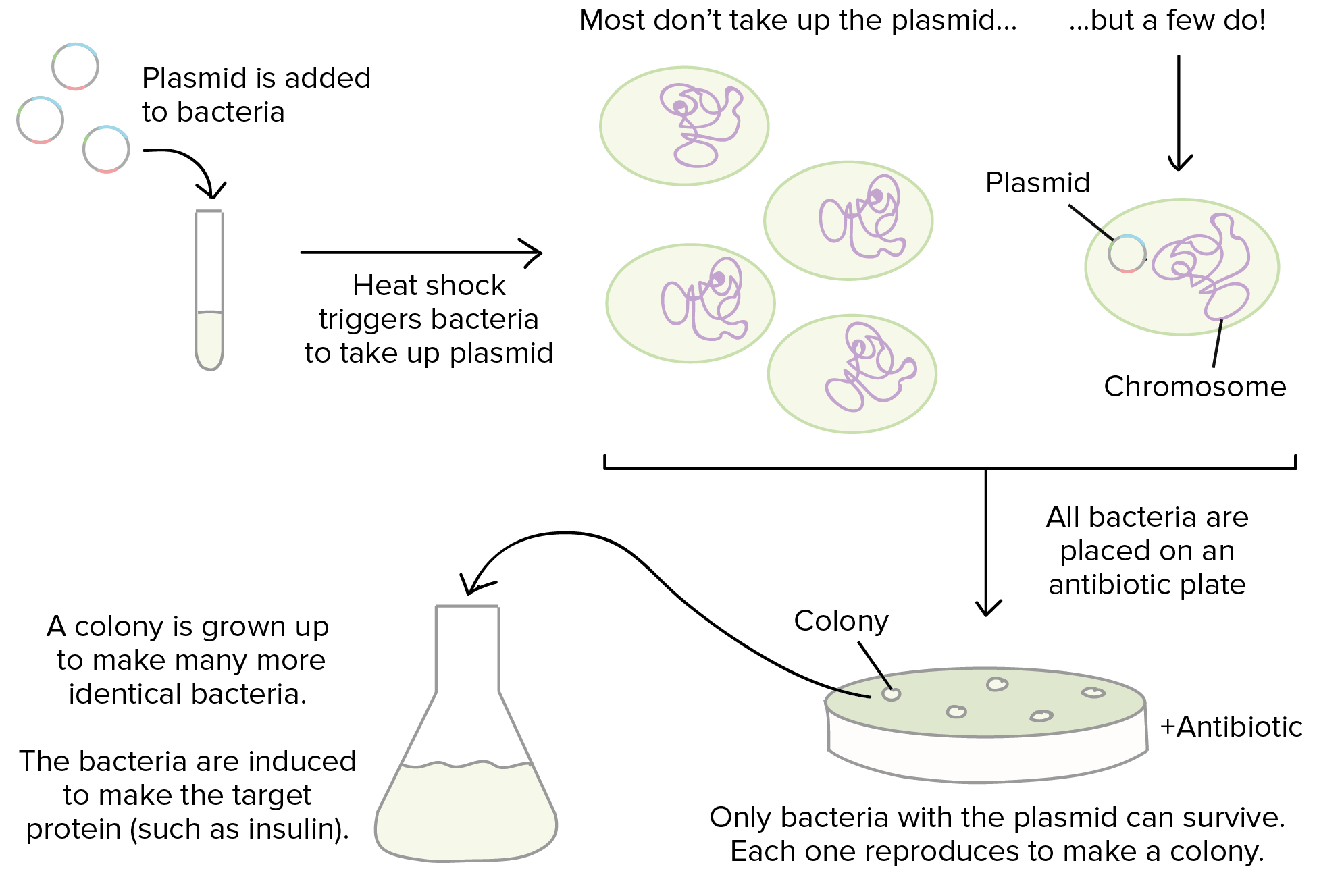
Prokaryote Reproduction And Biotechnology Article Khan Academy

Binary Fission And Other Forms Of Reproduction In Bacteria Department Of Microbiology
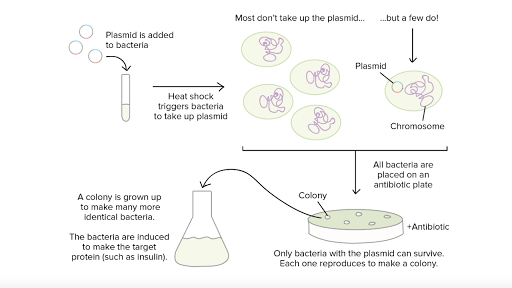
Prokaryote Reproduction And Biotechnology Article Khan Academy

Prokaryote Growth And Reproduction Advanced Ck 12 Foundation

How Microbes Grow Microbiology
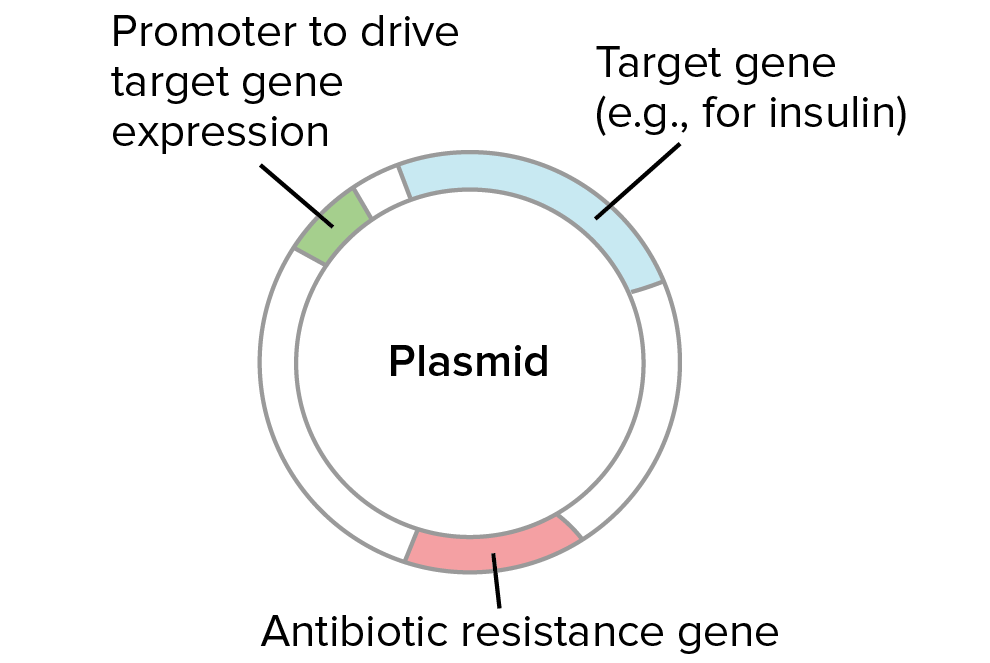
Prokaryote Reproduction And Biotechnology Article Khan Academy
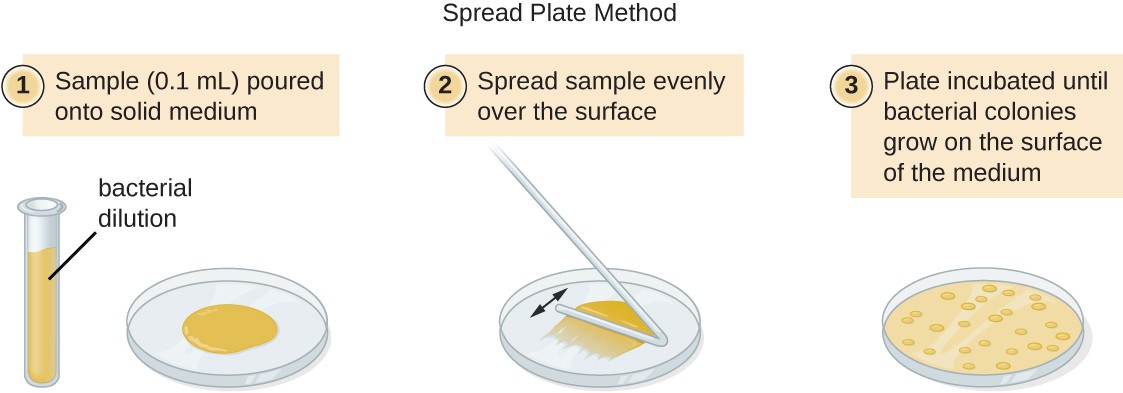
How Microbes Grow Microbiology

Binary Fission And Other Forms Of Reproduction In Bacteria Department Of Microbiology
What Is Bacterial Growth What Are The Different Phases Of A Bacterial Growth Curve Quora

Prokaryote Growth And Reproduction Advanced Ck 12 Foundation
How Is Reproduction Carried Out By Bacteria Quora
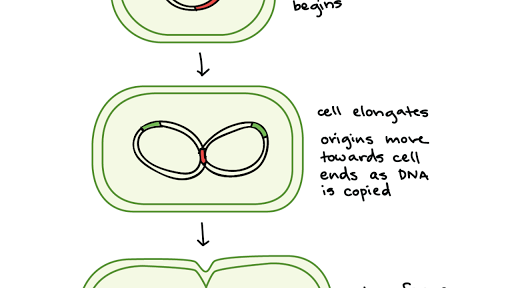
Bacterial Binary Fission The Cell Cycle And Mitosis Article Khan Academy
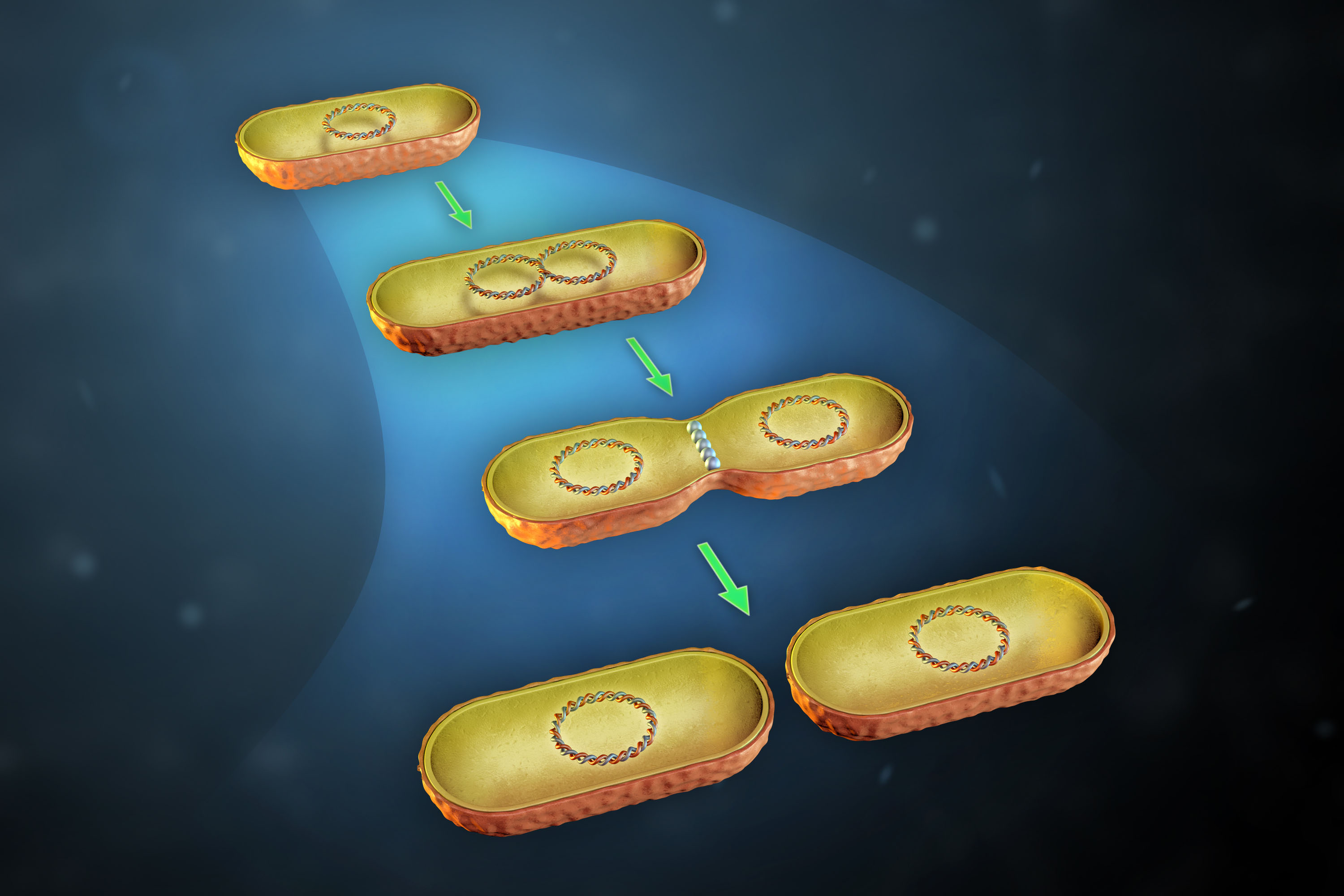
What S The Difference Between Bacteria And Viruses Institute For Molecular Bioscience University Of Queensland

Binary Fission And Other Forms Of Reproduction In Bacteria Department Of Microbiology
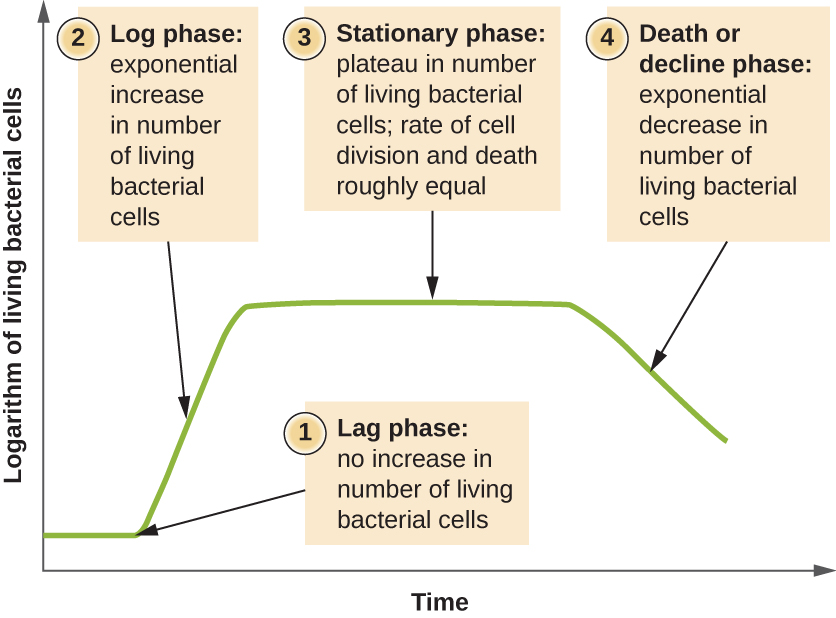

Comments
Post a Comment